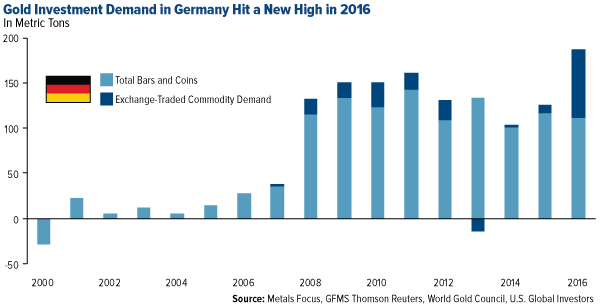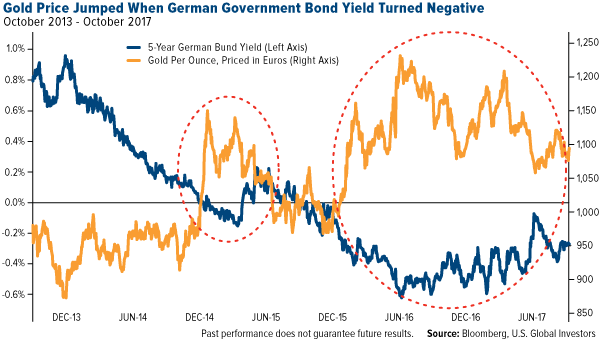Stocks & Equities
One of the fascinating things about financial bubbles is how they transform great companies into screaming short sale candidates. Put another way, bear markets tend to throw even the prettiest babies out with the bathwater.
Here, for instance, is what happened to Cisco Systems, the dominant maker of networking gear (the devices that run the Internet) when the 1990s tech stock bubble burst, bankrupting many of its customers and causing its earnings to miss expectations. Its stock fell by more than three-fourths and those who had bought it during the previous year’s euphoria got hosed.
Cisco recovered, as great companies do, and continues to lead its part of the tech world. Current market cap: $160 billion.

And here’s Bank of America, which was a rock-solid dividend paying machine during the 2000s housing bubble – until the bubble burst and everyone defaulted on their mortgages. B of A stock fell by 90% and it stopped paying dividends, leaving its (mostly retiree) shareholders with massive capital losses and zero current income.
It too subsequently recovered and, along with Goldman, Morgan and its other money center bank peers, is now back to manipulating markets with impunity and paying rich dividends. Its market value is a little north of $270 billion.
Which brings us to the current bubble, bigger and broader than its predecessors and so – presumably – full of more great companies about to morph into life-changing shorts. Consider Tesla:
You have to love this company. Founded and run by Elon Musk, who inspired the Tony Stark character in Iron Man, it’s a leading maker of electric cars (which are both insanely fun to drive and the solution to the oil part of the fossil fuels dilemma) and solar panels (solution to the coal part of fossil fuels). So it’s about as cool as a company can be.
But after rising by more than 1000% in the past five years it now trades at nearly 6x sales – an extremely rich multiple for an established company – and is having some dramatic production problems with its newest models:
Tesla: Model 3 production problems prompt electric Semi delay
(Green Car Reports) – Tesla’s aggressive goals for Model 3 production have run into a series of setbacks, and the knock-on effect spilling over into the company’s planned electric semi truck debut, which has again been pushed back from its overdue September launch.
Elon Musk announced the later, November 16 unveil date for Tesla Semi via Twitter, while blaming both “Model 3 bottlenecks” and the ongoing humanitarian situation in Puerto Rico for the delay.
Earlier this year, Tesla announced plans to produce up to 5,000 Model 3s per month by the end of 2017, though the announcement was met with skepticism at the time.
A report last week by The Wall Street Journal revealed the company is producing major components of the car by hand, and confirmed production is falling well short the stated goals.
Though Tesla claims the report overstates the extent of the problems facing the factory, Musk did admit on twitter that the Model 3 is “deep in production hell.”
Between the continued production difficulties and Tesla’s efforts to send battery packs to Puerto Rico, the company decided to “recalibrate” the timing for both Model 3 production and the truck’s official debut.
To sum up, Tesla is facing a combination of richly-valued stock, overvalued stock market, and failure to meet its goals for this and presumably the next couple of quarters. So it fits the profile of the great company with internal and external problems that make its stock price hard to justify.
Will it (and its Big Tech peers) be the next Big Short? That probably depends on when the current bubble bursts and whether governments this time around respond by directly buying large cap stocks. Those things are unknowable, but right now the shorts have a lot of data points on their side.
Full disclosure: Various members of the DollarCollapse staff are looking hard at shorting Tesla.


 In 1977 the Eagles spoke to us about “Hotel California.” Lyrics are here.
In 1977 the Eagles spoke to us about “Hotel California.” Lyrics are here.
A few lines from the song …
“On a dark desert highway, cool wind in my hair…
Up ahead in the distance I saw a shimmering light…
Then I was thinking to myself this could be Heaven or this could be Hell
Welcome to the Hotel California
Some dance to remember, some dance to forget
They’re living it up at the Hotel California
We are all just prisoners here of our own device
Relax, said the night man, We are programmed to receive,
You can check out any time you like but you can never leave.”
The lines have been rewritten to fit the Federal Reserve – the hypothetical “Hotel Marriner Eccles:”
“On a dark digital highway, QE rewarding my pals
Up ahead in the distance I saw a burning pyre of debt
I was thinking to myself this should be Heaven but it’s Hell
Welcome to the Hotel Marriner Eccles
Some pontificate to remember, some lie to forget
They’re living it up at the Hotel Marriner Eccles
We are all just prisoners here of our own device
Relax, said the chairman. We are programmed to deceive
You can check out any time you like but you can never leave”
Thanks to the efforts of the Federal Reserve:
- US national debt in 1913 was $3 billion. Today it exceeds $20,000 billion. There is no plan to reduce or eliminate debt.
- Money supply has grown similarly. Debt has grown far more rapidly than the economy which must support the debt. This model is not viable in the long-term.
- The debt will never be paid in today’s dollars, and debt cannot increase forever.
- Hence the debt will default via outright repudiation or default via inflation. Both will be painful.
- Who in their right mind believes that an economy can solve an excess debt problem with more debt? The “powers-that-be” don’t want the excess debt problem solved – THEY WANT MORE DEBT!
Like the Hotel California, the debt based currency system lives on, and we can never (without a traumatic reset) leave it.
Dishonest money created by politicians and bankers is profitable for the financial elite. It may look like heaven but it is HELL for the poor and middle class. The elite want the economic skim to continue. The rest of us must protect ourselves. Gold and silver come to mind.
The econometric models that supposedly guide the Fed are reminiscent of that edited line: “Relax, said the chairman. We are programmed to deceive. You can check out any time you like but you can never leave.”
In the financial world, where actions eventually have consequences, debt is growing explosively, fiat currencies are continually devalued and currencies are issued by insolvent central banks and insolvent governments.
There will be a reckoning. The reckoning will be less traumatic if we are prepared:
-
Understand the consequences of decades of bad monetary and fiscal policies.
-
Trust hard assets instead of promises.
-
Have gold and silver safely stored in a vault.
“We are all prisoners of our own devices.”
Gary Christenson
The Deviant Investor

In brief, six states are currently in outright depopulation. Another sixteen states are experiencing declining under 65yr/old populations only offset by surging 65+yr/old populations, and somewhere between 2/3rds and 3/4ths of all counties in America are likewise suffering one or the other.
America is in the midst of an ongoing and accelerating shift in demographics and population growth. These trends, long in place, are at a tipping point that are simultaneously driving urban economic growth (plus associated asset bubbles) and rural economic declines (plus associated asset collapses). The spin up and spin down are mutually interconnected, the result of movement in a zero sum game. But for select regions (and rural America in general), there is a surging quantity of sellers and a dwindling quantity and quality of buyers that will result in the primary asset of most Americans, their home, transitioning from an asset to an outright liability.
Many will point to record stock market valuations as an indicator of positive economic and/or business activity to refute my claims. Instead, I argue it is the Federal Reserve and federal government policies, in place as a quasi “life support” for the negatively affected regions and rural America at large, that are driving the asset valuation explosions of equities (chart below, representing all stocks publicly traded in the US) and urban housing. I will outline why the situation in the affected regions will only get worse and thus the Fed believes its hands are tied. Why any amount of normalization will only induce localized collapses across much of the nation. The total market capitalization ($ value) of the Wilshire has nearly doubled the acknowledged “bubbles” of 2000 and 2008 and is likely to continue rising further, precisely due to the worsening issues I detail below.


In September 2017 Toronto metro SFD prices found support after 5 months of selling below the March 2017 spike and peak price. The 2017 price gains have vanished. Vancouver prices defy gravity in all residential sectors with another HPI hat trick; FOMO and speculative pricing is still on.
also:
Brian Ripley’s Plunge-o-meter which tracks the dollar and percentage losses from the peak and projects when prices might find support. HERE




 When I talk about Indians’ well-known affinity for gold, I tend to focus on
When I talk about Indians’ well-known affinity for gold, I tend to focus on 












